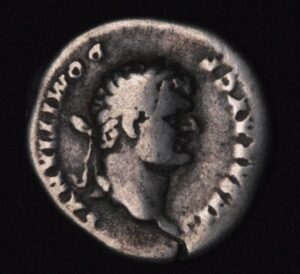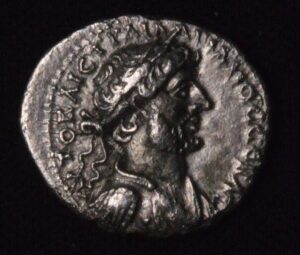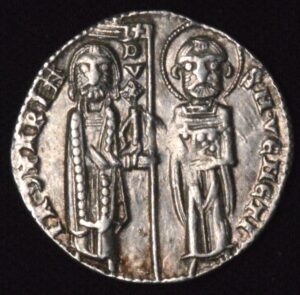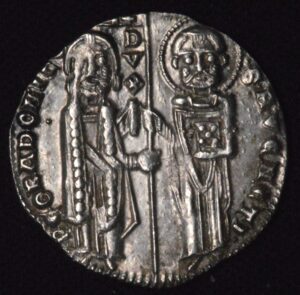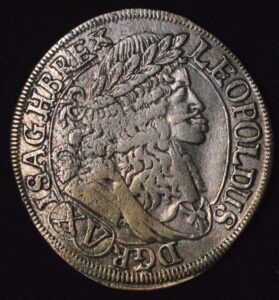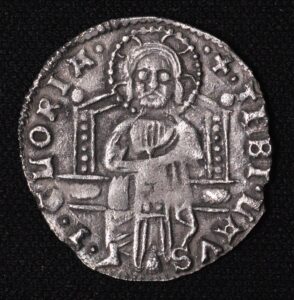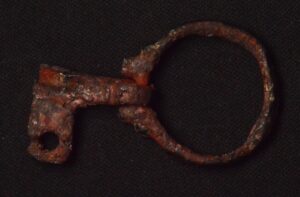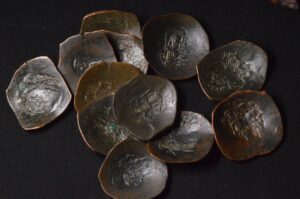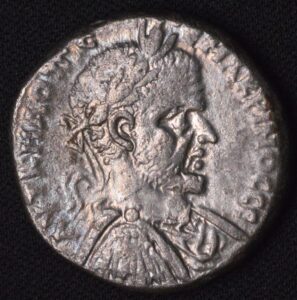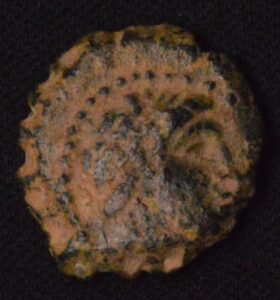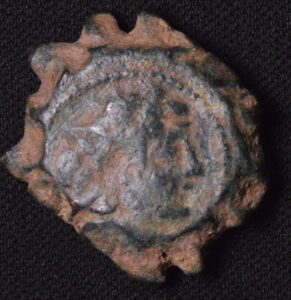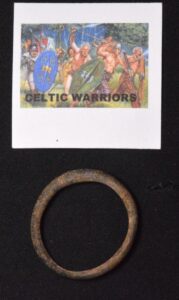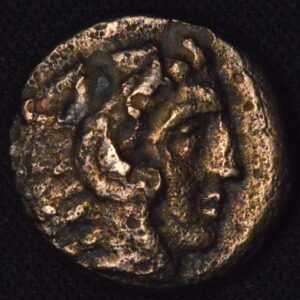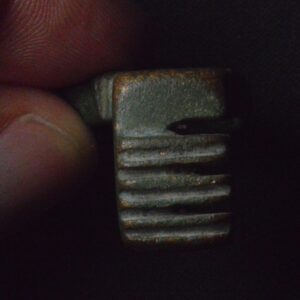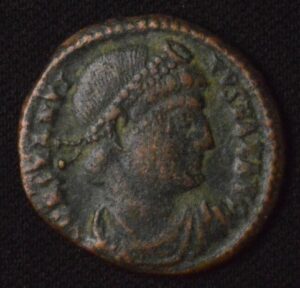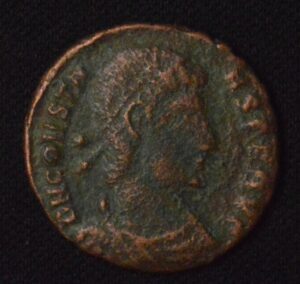Description
For an ancient coin about the size of a modern dime or slightly larger, many Greek silver drachms fit this category. Greek drachms commonly range from about 14 to 18 millimeters in diameter, roughly matching or slightly exceeding the 17.9 mm diameter of a U.S. dime. The weight typically falls between 3 and 6 grams depending on the issuing city and weight standard, with the Attic drachm from Athens weighing about 4.3 grams.
A classic example would be the Attic drachm featuring the iconic owl of Athena on the reverse and the head of Athena on the obverse. These coins combine practical size for daily commerce with intricate artistry and clear symbolism. The 14 to 18 mm size range allowed these silver coins to be easily carried and used in transactions while maintaining detailed design elements. Other drachm variants from cities like Corinth, Aegina, or Rhodes also fall into this early fractional silver currency size bracket.
In Roman contexts, AE3 bronze coins, typically 17 to 21 mm in diameter, come close to this size range as well, roughly comparable to a dime or slightly larger. These smaller denominations were common for everyday use and sometimes featured emperors’ portraits with reverse depictions of Roman deities or symbolic themes.
In summary, ancient silver drachms from classical Greek mints, particularly those struck under the Attic standard, are about the size of or a bit larger than a modern dime. Their 14–18 mm diameter range, combined with artistic detail, makes them popular among collectors seeking small but visually rich ancient coins.
For an ancient coin about the size of a modern dime or slightly larger, many Greek silver drachms fit this category. Greek drachms commonly range from about 14 to 18 millimeters in diameter, roughly matching or slightly exceeding the 17.9 mm diameter of a U.S. dime. The weight typically falls between 3 and 6 grams depending on the issuing city and weight standard, with the Attic drachm from Athens weighing about 4.3 grams.
A classic example would be the Attic drachm featuring the iconic owl of Athena on the reverse and the head of Athena on the obverse. These coins combine practical size for daily commerce with intricate artistry and clear symbolism. The 14 to 18 mm size range allowed these silver coins to be easily carried and used in transactions while maintaining detailed design elements. Other drachm variants from cities like Corinth, Aegina, or Rhodes also fall into this early fractional silver currency size bracket.
In Roman contexts, AE3 bronze coins, typically 17 to 21 mm in diameter, come close to this size range as well, roughly comparable to a dime or slightly larger. These smaller denominations were common for everyday use and sometimes featured emperors’ portraits with reverse depictions of Roman deities or symbolic themes.
In summary, ancient silver drachms from classical Greek mints, particularly those struck under the Attic standard, are about the size of or a bit larger than a modern dime. Their 14–18 mm diameter range, combined with artistic detail, makes them popular among collectors seeking small but visually rich ancient coins.
For an ancient coin about the size of a modern dime or slightly larger, many Greek silver drachms fit this category. Greek drachms commonly range from about 14 to 18 millimeters in diameter, roughly matching or slightly exceeding the 17.9 mm diameter of a U.S. dime. The weight typically falls between 3 and 6 grams depending on the issuing city and weight standard, with the Attic drachm from Athens weighing about 4.3 grams.
A classic example would be the Attic drachm featuring the iconic owl of Athena on the reverse and the head of Athena on the obverse. These coins combine practical size for daily commerce with intricate artistry and clear symbolism. The 14 to 18 mm size range allowed these silver coins to be easily carried and used in transactions while maintaining detailed design elements. Other drachm variants from cities like Corinth, Aegina, or Rhodes also fall into this early fractional silver currency size bracket.
In Roman contexts, AE3 bronze coins, typically 17 to 21 mm in diameter, come close to this size range as well, roughly comparable to a dime or slightly larger. These smaller denominations were common for everyday use and sometimes featured emperors’ portraits with reverse depictions of Roman deities or symbolic themes.
In summary, ancient silver drachms from classical Greek mints, particularly those struck under the Attic standard, are about the size of or a bit larger than a modern dime. Their 14–18 mm diameter range, combined with artistic detail, makes them popular among collectors seeking small but visually rich ancient coins.
CUSTOMER FEEDBACK








Related Products & Newly Released!
-
$70.00
-
$70.00




SHIPPING POLICY
Your order is shipped from the United States with USPS tracking within one business day.
14 Day Return Policy
You can return your item back within
14 days of the purchase

Secure payments
Your payments are 100% secure and are processed through Square or PayPal on a protected security network.
SHIPPING POLICY
FREE International and Domestic (United States) shipping. Your order is shipped with USPS tracking 24 hours after you order.
14 Day Return Policy
You can return your item back within
14 days of the purchase

Secure payments
Your payments are 100% secure and are processed through Square or PayPal on a protected security network.
RESOURCES
support
Get Real Deals!
Sign up now to receive our articles for the latest insights and promotions!
RESOURCES
support
Get Fresh Articles!
Signup our newsletter to get update insight or promotions.






